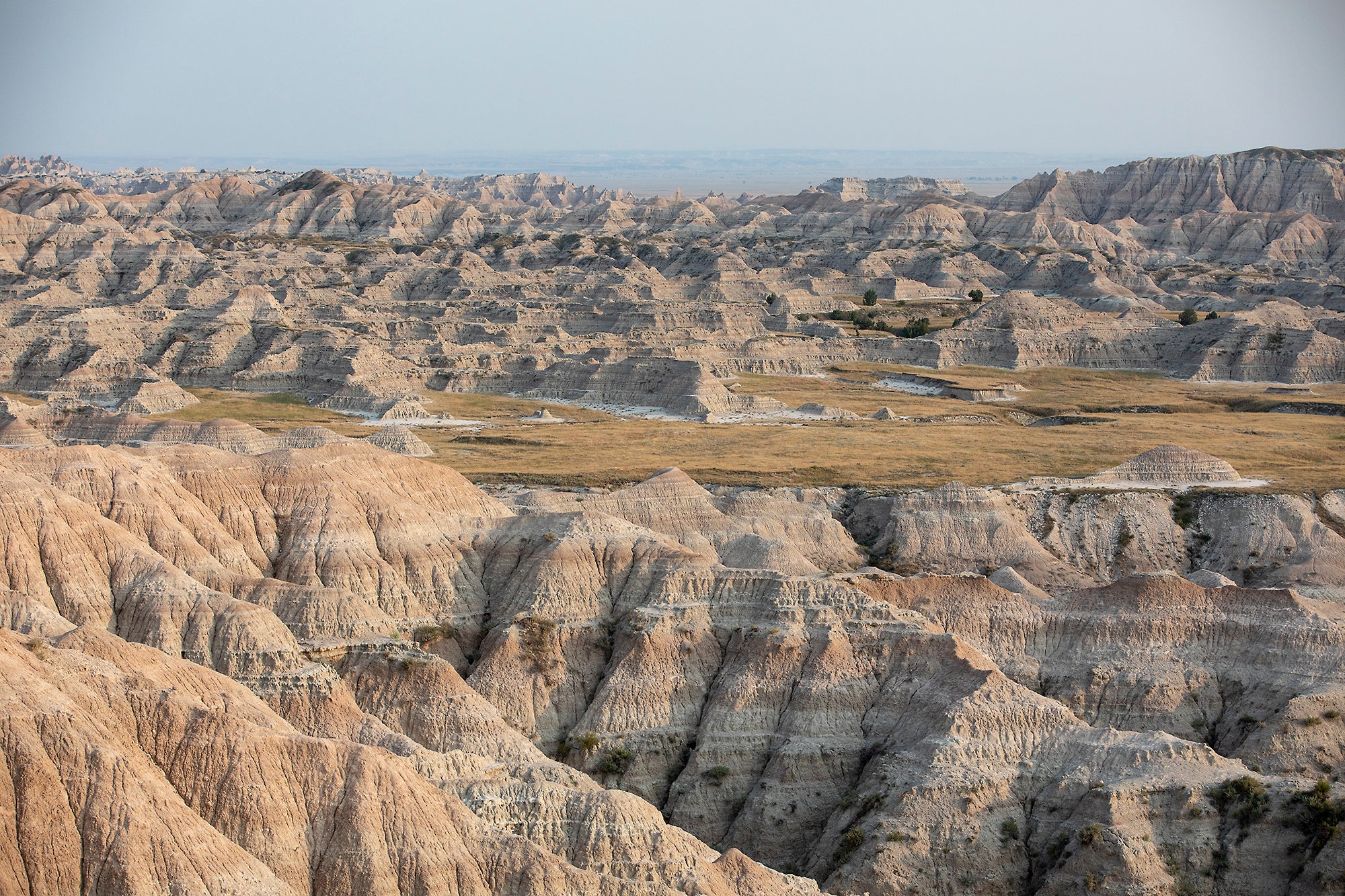ARTICLE AD BOX
Tourists visiting the area surrounding Mount Rushmore on Monday were hit with “unhealthy” air quality warnings in a wide stretch of the Great Plains, according to readings from the Environmental Protection Agency.
The worst-affected areas included Badlands National Park and Lacreek National Wildlife Refuge, which are approximately 75 miles and 140 miles away from the memorial, respectively.
Both are key landmarks situated east of Rapid City, a common stopping point in southwest South Dakota for tourists about 23 miles away from the national monument.
There, air quality index values in the range of 151 to 200, Newsweek reported.
The EPA classifies Air Quality Index (AQI) readings in that range as “unhealthy”—depicted on its map as a red zone—which could cause some members of the general public to experience health effects, with those in sensitive groups at greater risk.
AQI readings in Badlands National Park were about 36 by about 8 a.m. ET Tuesday, with values from zero to 50 falling in the “good” range. Readings in Rapid City were at 14.

People traveling from the east by car on Monday morning to the iconic 60-foot-high sculpture featuring the faces of former Presidents George Washington, Thomas Jefferson, Theodore Roosevelt and Abraham Lincoln would likely have traveled through the red zone.
The area around Badlands National Park was given an AQI score of about 161 on Monday morning.
Lacreek National Wildlife Refuge and areas westward toward the Pine Ridge Reservation were reportedly also in the red zone.
An orange perimeter, which includes AQI readings between 101 and 151, extended south past the North Loup River, Nebraska, and as far north as Faith, South Dakota. The EPA classifies that range as “unhealthy for sensitive groups.”
Accuweather meteorologist Elizabeth Danco told Newsweek that air pollutants like dust and exhaust fumes combined with gusty winds may have caused the temporary spell of poor air quality.
"Gusty winds can allow air pollutants like dust particles, emissions, etc., for example, to disperse in the air, which could be promoting the unhealthy air quality levels across portions of South Dakota and Nebraska,” she said.
“Likewise, the gusty winds in place combined with low relative humidity in the area will promote conditions favorable for fire start and/or spread across the region.”









 English (US) ·
English (US) ·